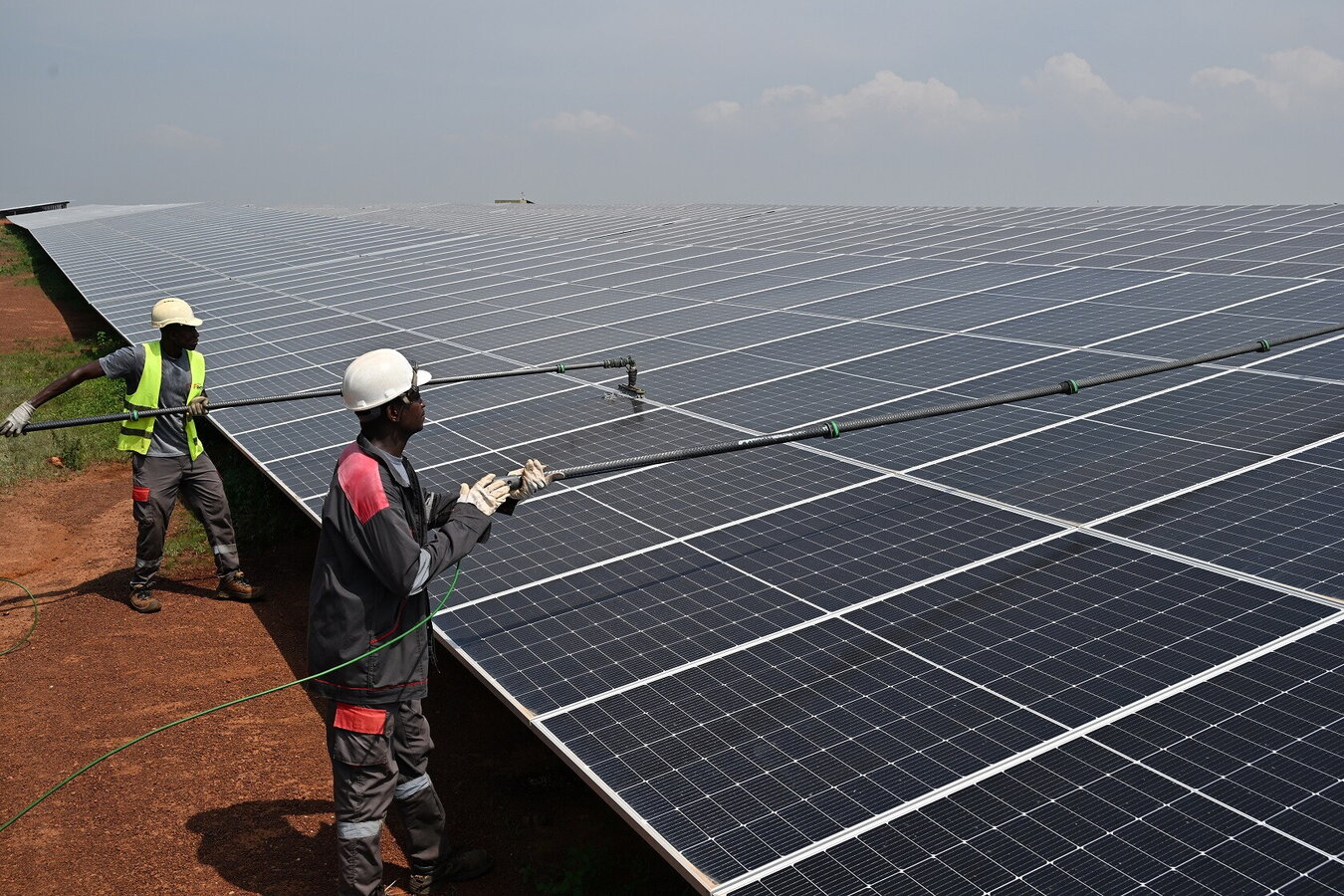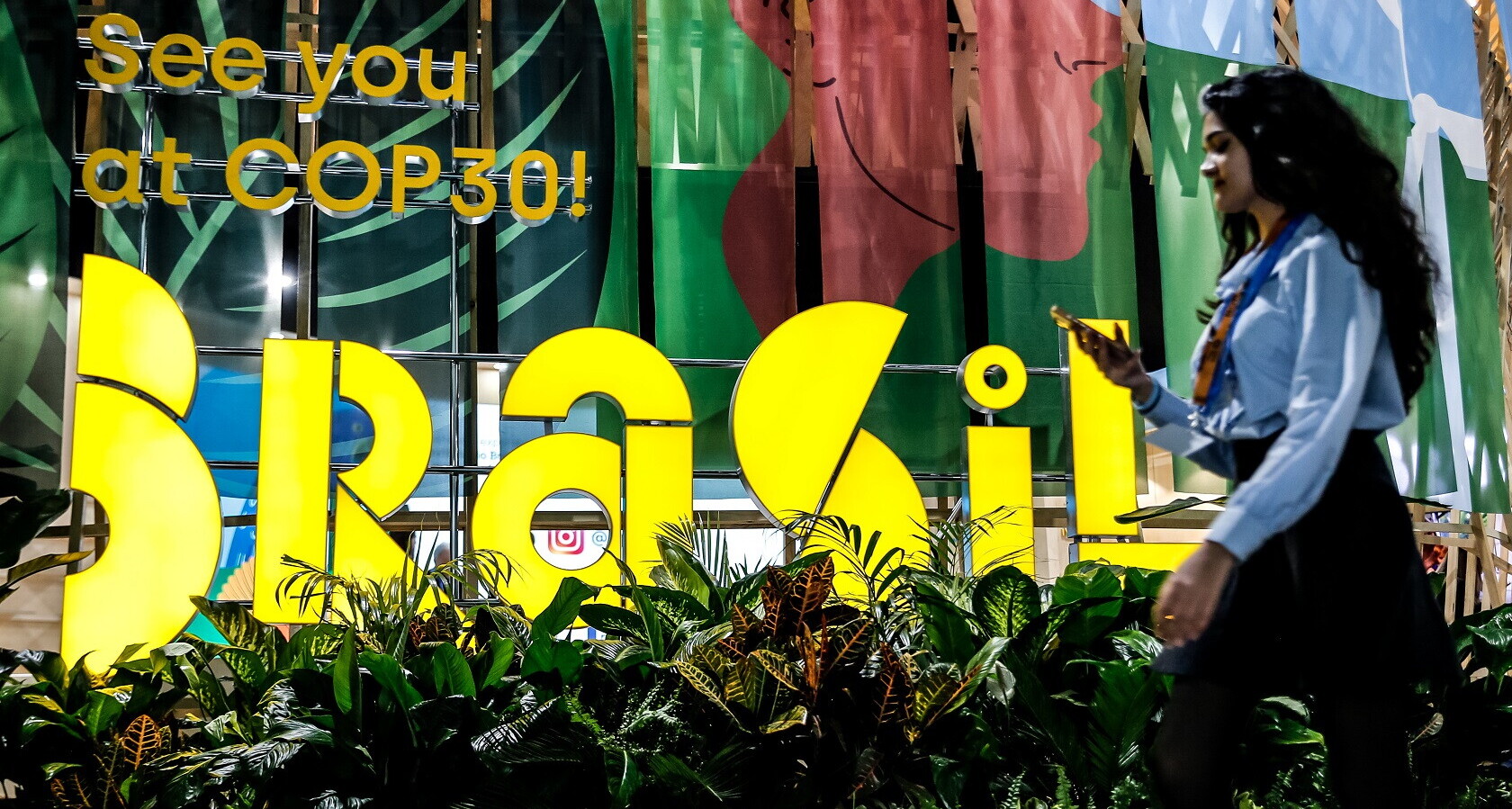
energetic changes
A renewable Africa?
“Low-cost” solar and wind power are arriving in Africa. With the United States stepping back, China is able to offer its surplus production of technologies at prices affordable for African countries. In just one year, nations such as Sierra Leone and Chad have seen solar power increase to nearly half of their total energy needs. How much will Africa grow—and how much of its economic independence will it retain? And will the US continue to stand by and watch?
8 minAfrica has great opportunities, but also serious challenges, which include the significant issue of energy generation and distribution. Efforts toward change and the adoption of renewable energy are underway, even at high levels. Yet these efforts require immediate decisions and will have global consequences. We are talking about a continent where, according to the latest 2024 estimates from the International Energy Agency (IEA), approximately 600 million people still live without electricity, and nearly one billion do not have access to a daily meal that is sanitized or hygienically clean, due to the lack of power sources.
What needs to be done?
The IEA estimates that between now and the end of the decade, about USD 200 billion will need to be invested to achieve the UN’s 2030 Sustainable Development Goals, at a pace of at least USD 25 billion per year as the minimum expenditure just to make the necessary energy available. And that’s only part of the challenge, given that producing energy—what’s more, clean and renewable energy—does not automatically guarantee its distribution, which requires an entirely separate discussion about infrastructure. The power grid, as we also know in Europe, depends on preexisting structures—on real connections within individual countries, on cooperation and shared usage among neighboring nations, and on energy exchange across regional and national borders. This is one of Africa’s critical issues: border regions are often disputed between states and internally mark age-old divisions among peoples who differ in ethnicity, culture, and customs. As a result, the work of engineers and grid designers becomes a complex diplomatic challenge and all the more so when the desire is to shift from traditional, established energy production (where it exists) to modern renewables. According to IEA data, Africa invests around USD 110 billion per year in the energy sector, of which approximately USD 40 billion goes to renewables—which is already a significant result, though this figure varies greatly from one region to another. The main problem, however, is that cleaner, renewable energy requires large-scale investments, while the total energy sector spending across African nations represents only 1.2 percent of GDP, with renewables accounting for less than 10 percent of that.
How can major funding be secured—and fast?
In recent times, the impression is that all roads lead to Beijing, for several reasons—not only because of China’s well-known diplomatic and commercial skills.
First, the US has for years pursued a policy largely focused on domestic economic needs—under Trump’s second term, under Biden, and even under Trump’s first. This isn’t outright protectionism (which, ironically, has often been more pronounced under Democrat administrations), but it comes close. In any case, Trump’s withdrawal from the UN COPs on climate inevitably turned greater attention to China as the global alternative.
At earlier COP meetings—especially in Glasgow—India’s Prime Minister Modi became the voice of developing countries, calling for the financial and technological means to reach the energy peak required to transition to renewables. China responded quickly, leveraging its commitment under the Paris Agreement to ramp up production of solar panels, wind turbines, and related energy conversion systems. The result has been massive overproduction, which now seeks overseas markets. This has driven Chinese material prices sharply down—a boon for heavily indebted African nations.
The numbers
According to a recent report by Ember—a global think tank studying environmental economics—in 2024 China exported enough renewable energy equipment to Africa to enable the production of nearly 35 gigawatts, which is almost double 2023 levels. China provides materials that wealthier African countries can purchase immediately, while poorer ones will soon be able to do the same. South Africa and Nigeria now import complete solar panels or cells for local assembly and, between 2023 and 2024, Sierra Leone imported from China solar and wind structures equivalent to half of its current electricity production, while Chad reached just under half. Algeria, for its part, has enacted legislation and administrative measures to import and assemble solar panels locally, aiming to cover open areas in farms and agricultural lands. At the moment, these examples show a clear “win–win” economic model: African countries have growing demand but limited budgets; China has a manufacturing surplus and prefers to sell at lower prices—especially since the US has largely withdrawn politically from green energy markets.
Prospects
For now, China is thriving, and the African market is far from saturated—in fact, it’s only just beginning, as IEA data confirm. Yet we must ask: what drives this Chinese overproduction, which also makes low prices possible? According to Ember’s analysis, in China itself, solar and wind energy grew by 25 percent in 2024 over the previous year, making the country the largest global investor in renewables, with USD 625 billion invested—31 percent of total global spending; however, in a structural situation like Chinas, investment in the energy storage and distribution network also grew proportionally, up by 25 percent to USD 85 billion.
It is clear, therefore, that once China has embarked on the ecological transition to renewable energy, this choice will remain stable for a long time, at least until there is a change in national political leadership. Not only to make a better impression than in the past at environmental summits, but also because it is in Beijing's interest to produce technological tools and materials that it knows it can sell at prices that allow it to gain both economically and in diplomatic relations, as in Africa. The new path taken first by the political leadership and then by managers and the Chinese market is, in fact, also the result of a long march but with very specific stages: from 1979 to 2010, China grew economically at an average rate of 10 percent, but coal, for example, with its extraction and use, also grew up to six times compared to that used previously. Today, however, thanks to the 2015 Paris Agreement—and we recall that it was President Xi Jinping's joint signature with President Obama that made it operational in November 2016—Beijing is ensuring the irreversible course toward decarbonization.
If not in numbers, at least in ideology, China has reaffirmed its commitment: the 2018 constitutional revision emphasizes “harmony between humanity and nature.” This is further supported by a government White Paper on China’s energy transition, now serving as a guiding framework for both society and markets. We are familiar with China’s determination and ability to pursue its goals, as well as its multiple efforts to establish new “Silk Roads”—on land, by sea, and even across polar regions.
What is certain is that in Africa, China has found a receptive and pragmatic market, focused not only on form but, above all, on the affordability needed to meet its urgent energy needs.
Let’s not take our eyes off Africa.

